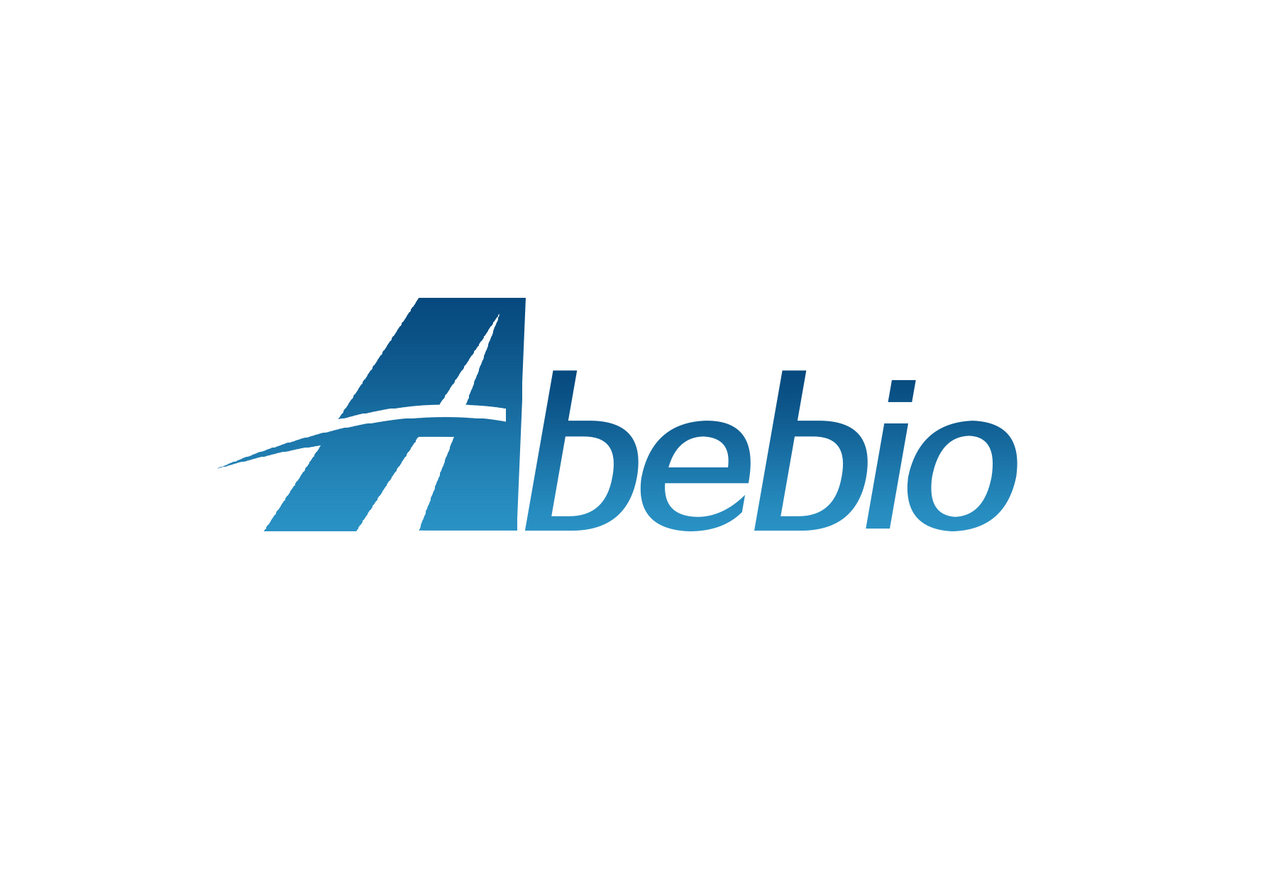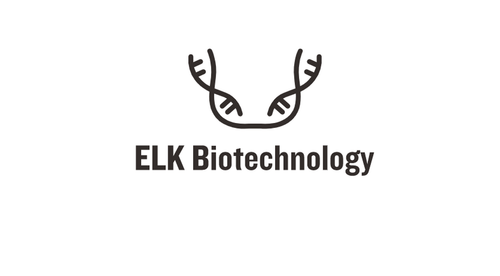Product Description
Human Secretagogin (SCGN) ELISA Kit | AE20569HU | Abebio
Species Reactivity: Human (Homo sapiens)
Abbreviation: SCGN
Alternative Name: CALBL; DJ501N12.8; SECRET; SEGN; setagin; calbindin-like|secretagogin
Application: ELISA
Range: 31.25-2000 pg/mL
Sensitivity: 12.7 pg/mL
Intra-Assay: ≤6.9%
Inter-Assay: ≤9.8%
Recovery: 1, 1
Sample Type: Serum, Plasma, Other biological fluids
Detection Method: Sandwich
Analysis Method : Quantitive
Test Principale: This assay employs a two-site sandwich ELISA to quantitate SCGN in samples. An antibody specific for SCGN has been pre-coated onto a microplate. Standards and samples are pipetted into the wells and anySCGN present is bound by the immobilized antibody. After removing any unbound substances, a biotin-conjugated antibody specific for SCGN is added to the wells. After washing, Streptavidin conjugated Horseradish Peroxidase (HRP) is added to the wells. Following a wash to remove any unbound avidin-enzyme reagent, a substrate solution is added to the wells and color develops in proportion to the amount of SCGN bound in the initial step. The color development is stopped and the intensity of the color is measured.
Product Overview: SCGN contains 6 tandem repeats of the EF-hand Ca (2+) -binding domain, with a loop at all 6 putative Ca (2+) -binding sites, and shares significant similarity with calbindin and calretinin. Much lower expression of only the smaller transcript was detected in adrenal medulla, stomach, thyroid, colon, and small intestine. Immunohistochemical analysis showed SCGN expression restricted to the islet of Langerhans in pancreas, in C cells near thyroid follicles, and at sites typically occupied by neuroendocrine cells in all other tissues examined. Cell fractionation and confocal imaging of transfected rat insulinoma cells detected Scgn predominantly in the cytosolic fraction, with much less Scgn in nuclei. SCGN was expressed in a reticular pattern in transfected COS cells.
Stability: The stability of ELISA kit is determined by the loss rate of activity. The loss rate of this kit is less than 5% within the expiration date under appropriate storage condition. The loss rate was determined by accelerated thermal degradation test. Keep the kit at 37°C for 4 and 7 days, and compare O.D.values of the kit kept at 37°C with that of at recommended temperature. (referring from China Biological Products Standard, which was calculated by the Arrhenius equation. For ELISA kit, 4 days storage at 37°C can be considered as 6 months at 2 - 8°C, which means 7 days at 37°C equaling 12 months at 2 - 8°C) .
 Euro
Euro
 USD
USD
 British Pound
British Pound
 NULL
NULL








